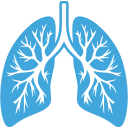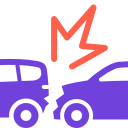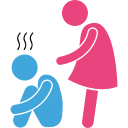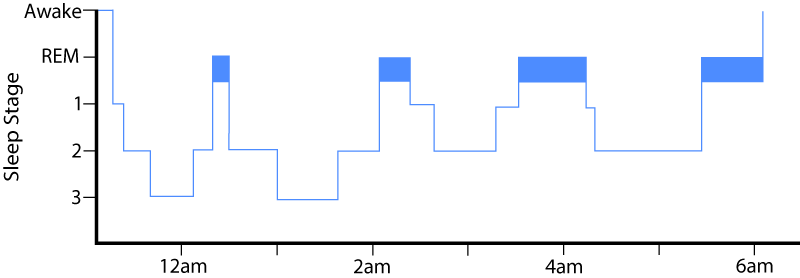When your airway collapses during sleep, air cannot get to the lungs. This leads to a brief arousal from sleep that causes fragmentation and poor sleep quality. This cycle can repeat hundreds of times in one night, but typically these events are not remembered in the morning.
Your bed partner may notice that you snore loudly or repeatedly stop breathing. Untreated Obstructive Sleep Apnea can cause daytime sleepiness and can even affect your mood. It also increases the risk of obesity, high blood pressure, heart disease, stroke, Type 2 diabetes, dysfunction, and depression.










